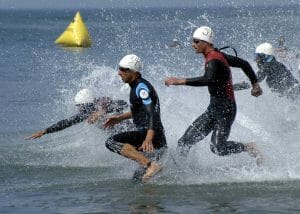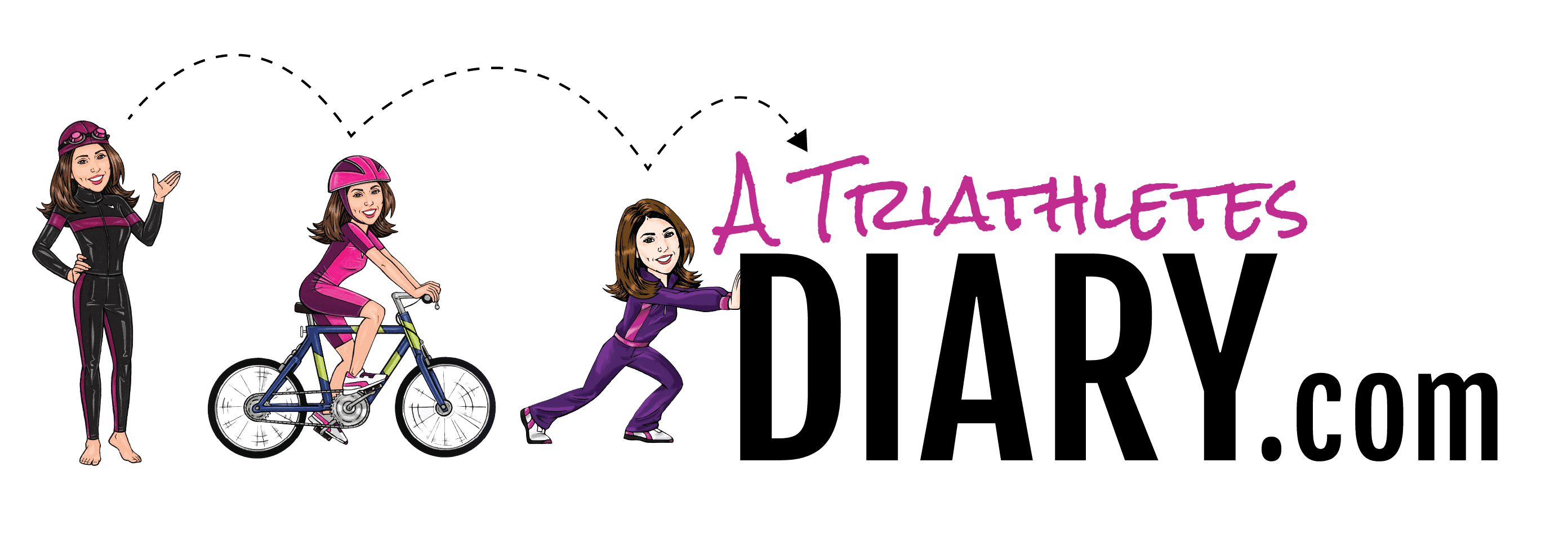Why should you use AI for endurance training?
I can think of countless days where I laced up and ran without a goal for that particular session. I did that because I didn’t know what to do that day.
In early 2023, I stumbled across chatGPT, which improved my training.
Imagine if every time you were doing a session, you could get AI to write you a world-class workout that was tailor-made for you and specific to your goals.
Or, if every time you needed clarification on what nutritious meal to cook, you could get a recipe written with taste and health in mind.
Or if every time you had any unusual pain, you could get advice on what to do with your training and how to recover fastest.
AI can also recommend the best recovery methods that suit you or the best way to prepare for training or a race mentally. If you are serious about performance enhancement, artificial intelligence is your tool.

Using AI for Making Personalized Workouts
AI is the best tool to use if you want a personalized workout targeted at your race distance and a workout that can be as long or as short as you wish. The best way to use AI to make personalized workouts is to…
- Log in or sign up for chatGPT
- Tell chatGPT your sport and your PB in that sport.
- Specify what type of workout you want (optional) — for example, a speed session or strength workout
- Tell chatGPT how far or long you want to train for
- And finally, press enter
Now that you have done your first workout using artificial intelligence, perform performance tracking using modern fitness technology such as a Garmin device.

Smart Training plans
Making a single workout is good, but if you’re serious about intelligent training and, ultimately, sports performance, you’ll want to make a whole training plan. Creating an AI training plan requires more work but is still relatively easy. The best way to use AI to make data-driven training plans is to…
- Decide how many weekly workouts you can do.
- Put that amount of sessions into your spreadsheet.
- Then, allocate a goal for each session.
- Then, ask ChatGPT to make the sessions using the same method to create personalized workouts.
- Add the workouts to your spreadsheet and get training.
Best Recovery
Recovering quickly is invaluable, but recovering swiftly is easier said than done. There are countless ways to recover quicker, like compression gear, ice baths, and improving sleep, but picking the correct method can be confusing. That is why using a tool like AI for ideas and tips is a great place to start. The best way to use AI to find the best recovery methods is to…
- Login Into chatGPT
- Explain what you are recovering from (for example, injury or challenging workout)
- Explain what you want to achieve in that particular recovery session.
- List what resources are available to you.
- Press submit and recover.
For more information on the best recovery techniques, check out this article on how to recover from a parkrun.
Manage Training Load and Intensity

Advancements in training load monitoring and athlete tracking are what have led to world, national, area, and personal records being shattered over the years.
Innovative training rather than hard training is the way forward. But training smart is more complex. That is why you should use a tool like chatGPT. Before we go through the step-by-step process, we need to know what smart training is and is not.
Innovative training is getting the most out of training while still being able to get on with the other parts of your life. Innovative training is not cramming in three low-quality sessions daily to look good on Strava. This approach or an approach like this where you think that more is better often leads to a drop in performance and injury. The best way to use AI to manage training load and intensity is to…
- login into chatGPT
- Tell chatGPT your current race/fitness goals
- Tell chatGPT your current weekly mileage
- Tell Chatgpt about any problems or injuries you have
- Ask if you should adjust your training load
- After that, ChatGPT will likely recommend changing your weekly mileage or keeping it the same
It is essential to place your gut instinct ahead of advice given by Artificial intelligence.
How using AI for endurance training worked for me

Throughout my triathlon journey, swimming has always been my weak point. I knew I could swim much faster, but I needed to learn how to structure my training. I spent years underperforming because of my swimming until I started using ChatGPT for endurance training.
With the help of ChatGPT, I went from swimming 6:50 for 400m freestyle to swimming 5:44 in just three months. I didn’t increase my time swimming; I just used ChatGPT to structure my training to train smarter, not harder. This improvement is likely possible for you too. It is a fantastic tool for endurance training, but there are some warning signs to look out for, which will be covered in the next section.
Three warning signs to look out for
Although using AI can be a great way to train a more intelligent, there are some warning signs to look out for
- AI can sometimes give you a much longer workout than you asked for, which could lead to overtraining, which has been found to disadvantage endurance athletes
- If you don’t do a bit of Athlete monitoring, this could be a problem as you won’t know how your body responds. This can be done through fitness apps or using a wearable device
- It is essential to check that the workout/plan that AI has produced is not too different from your regular training so as not to cause injury
- All of what is mentioned above is entirely preventable as long as you are careful
Overall I think AI is an invaluable tool for endurance training that everyone should try. This post is not medical advice, but it has been based on science and years of endurance training experience. Although there are many positives, it is essential to remember that AI does not do the hard work for you. It makes the hard work more worthwhile because it allows you to train smarter.
—-

